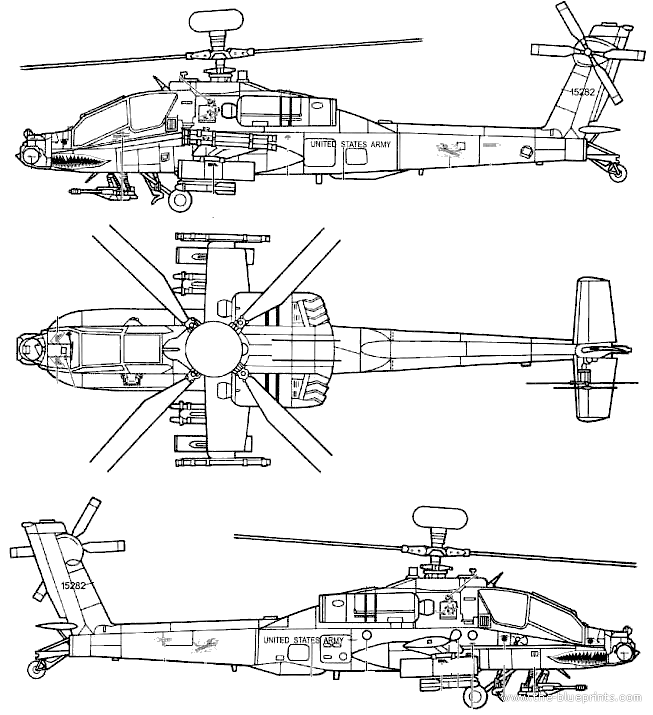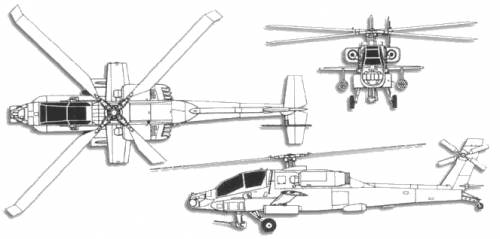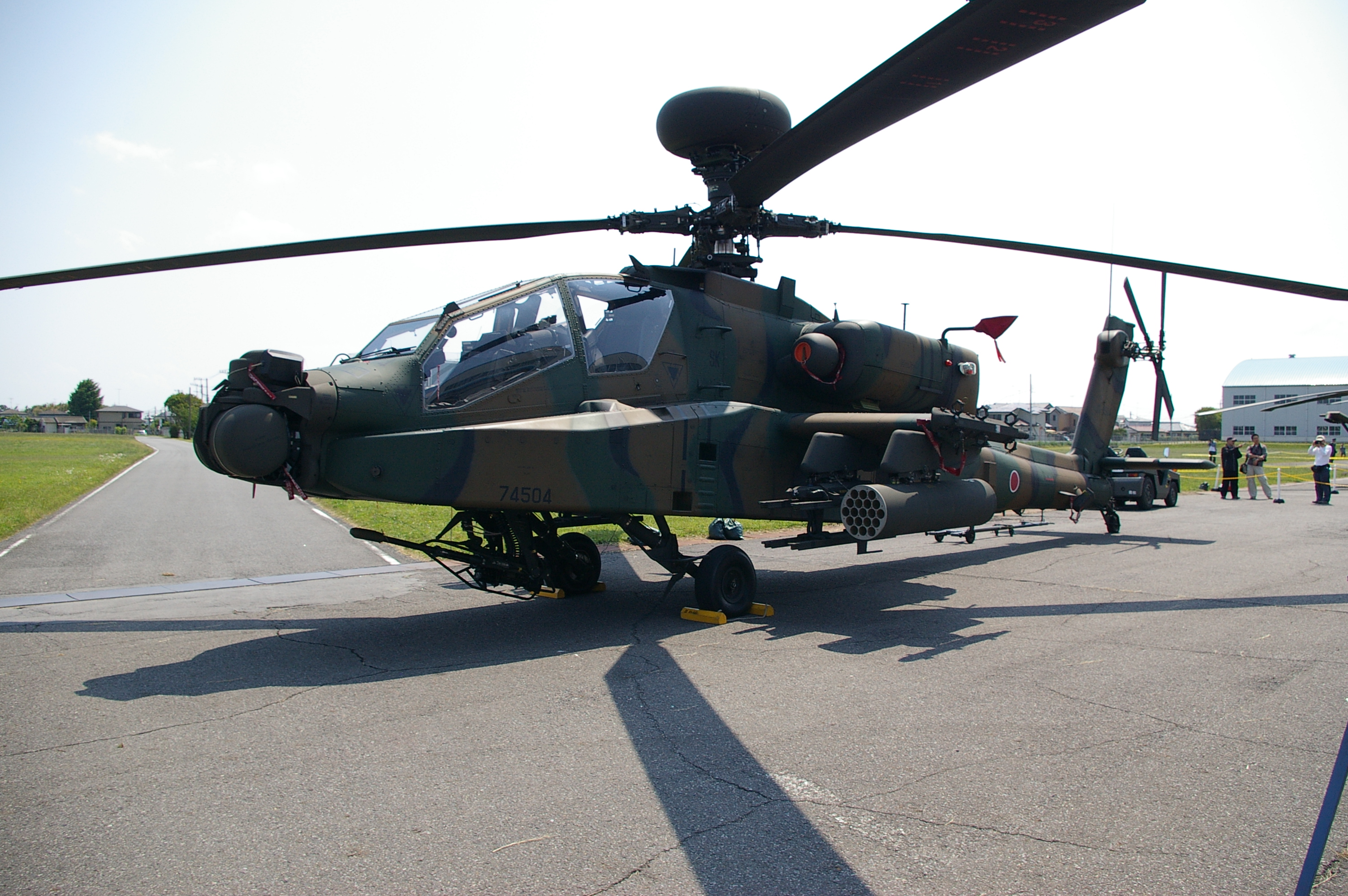Just a short blog post this week, with just a few updates as I am very busy hitting deadlines, and preparing for the mid-term presentation for Project Emperion. Also to be covered this week briefly will be the big news that the next generation is finally here!
Whats been posted over the Week?
Again, only one update this week, due to work deadlines. This blog post called 'Project Emperion - UDK Basic Animation Example', included a short video simply demonstrating a few animation examples, and showing our flame torch particle effects. This video will be shown during our presentation, that we are having a test run on Wednesday for the final assessed presentation in a few weeks. This will allow us to practice our presentation skills in front of a large audience, and receive feedback on what we should change/improve over the next few weeks. After the presentation there will be a short Q&A, where lecturers and peers and ask questions about our game, which we may have not been clear during the presentation.
Another video that we will show during the presentation, which I haven't posted to the blog, is 'Project Emperion - Basic Combat and Level Demo'. This shows what we have got so far, in terms of map, camera and combat system. Its really basic and all of the assists are only placeholder so far, but its good to just show that we have actually started production and its not just words.
Finally, the group has decided on a official name for Project Emperion, which is SoulBound. Further updates will be titled SoulBound Update, instead of Project Emperion Update. Reasoning behind the name will come clear in future updates, when story/plot is finalised.
What's going on in the Gaming World?
The next generation is finally here! Well for the US anyway, as the PS4 won't launch in the UK, and many other countries around the world this Friday. Both consoles have had various problems, which seem to be happening far to often. This is simply because of the internet, everyone who has a problem is likely to post about it over, Twitter, YouTube and forums etc… This makes it seem like a lot more people than there actually is are having problems with next-gen(now current-gen?) consoles. Sony announced that they only 0.4% of their PS4s produced and sent around the world will have issues. Microsoft has yet to confirm exact statistics, but lets hope its not widespread.
Personally I have got my Day One Edition - Xbox One, sitting at home awaiting my return this weekend, but I am planning on getting a Playstation 4 as soon as I can afford it, properly sometime next year.
Next week I will post about the industry lecture I attended last week, from the lead programmer at Codemasters.
The next generation is finally here! Well for the US anyway, as the PS4 won't launch in the UK, and many other countries around the world this Friday. Both consoles have had various problems, which seem to be happening far to often. This is simply because of the internet, everyone who has a problem is likely to post about it over, Twitter, YouTube and forums etc… This makes it seem like a lot more people than there actually is are having problems with next-gen(now current-gen?) consoles. Sony announced that they only 0.4% of their PS4s produced and sent around the world will have issues. Microsoft has yet to confirm exact statistics, but lets hope its not widespread.
Personally I have got my Day One Edition - Xbox One, sitting at home awaiting my return this weekend, but I am planning on getting a Playstation 4 as soon as I can afford it, properly sometime next year.
Next week I will post about the industry lecture I attended last week, from the lead programmer at Codemasters.















